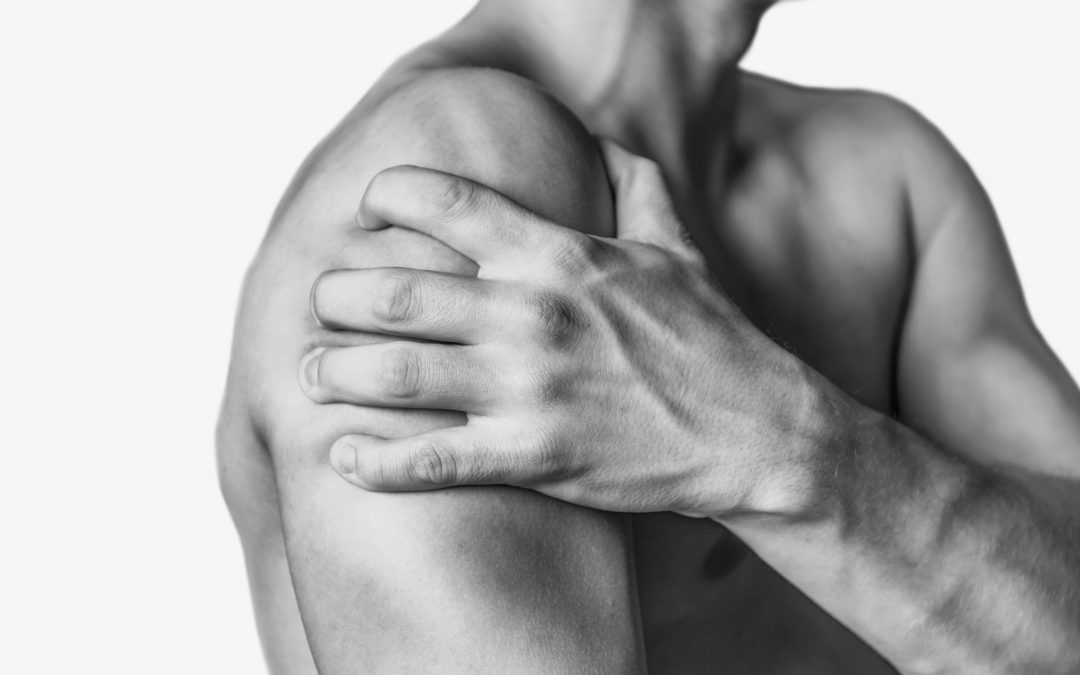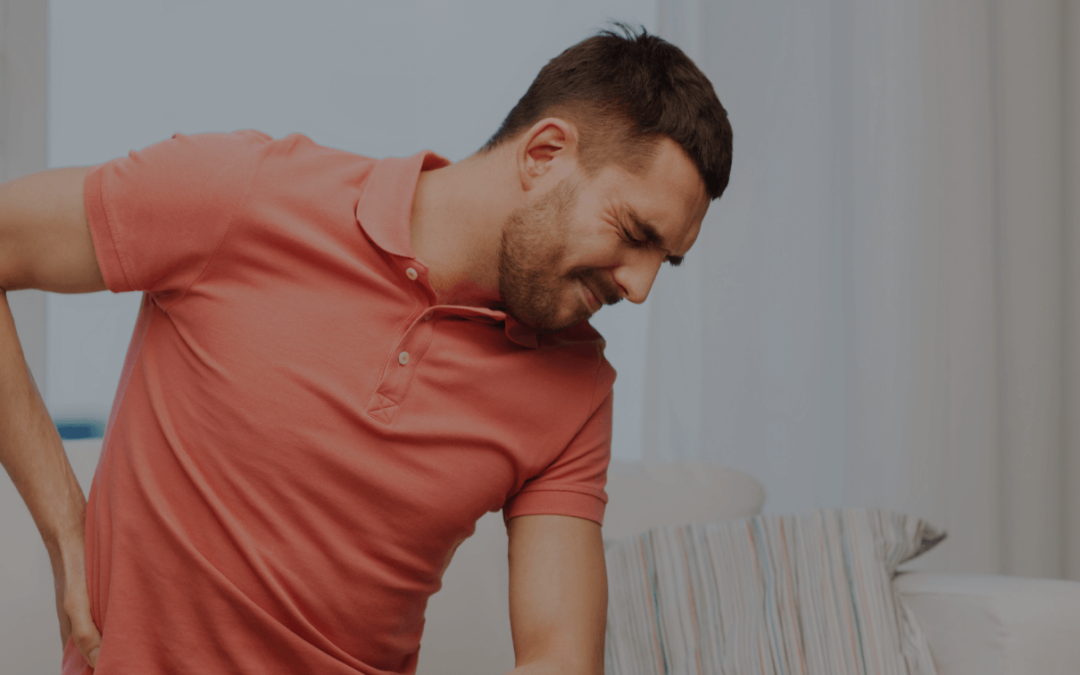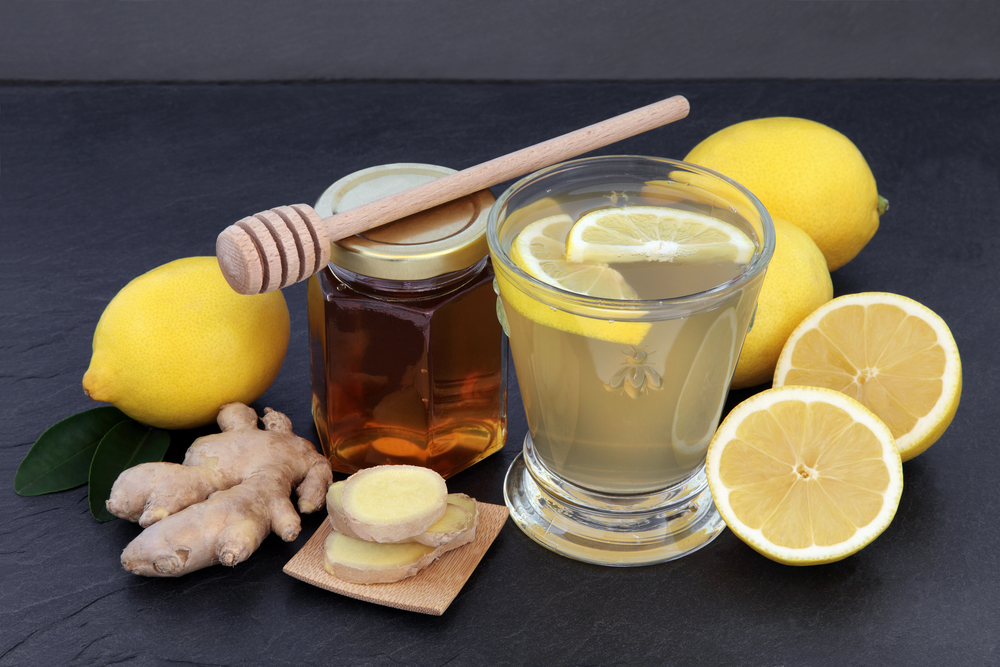
When do we experience Shoulder Pain? Picking up the children, hanging out the washing, putting on a bra or shirt, playing our favourite sport, and driving the car. All these activities most people take for granted. Unfortunately many of us are likely to experience an episode of shoulder pain at some stage during our lives.
Why is this? And how can we avoid it? And what can we do when we do have an episode of shoulder pain?
The shoulder is a highly complex joint which provides a huge range of mobility which allows us to use our arms and hands in a varied and diverse manner – reaching, pulling, pushing, holding etc etc. We use our upper limbs so often!
Unfortunately the complex interplay of joint mobility and stability can create issues when we sustain an injury to the shoulder. Generally regardless of the injury (rotator cuff tear, AC sprain, frozen shoulder, impingement, tendonitis etc) the end result is poorly coordinated and impaired movement.
Why do we get injured?
We can become predisposed to shoulder injuries by:
- repetitive activities
- poor posture
- faulty movement patterns
- reduced thoracic mobility
- myofascial tension
- ….and arguably even poor hip mobility!!

A brief burst of anatomy
The shoulder joint is actually 4 joints: the glenohumeral joint, the sternoclavicular joint, the acromioclavicular joint and the scapulothoracic joint (which isn’t really a true joint!).
The glenohumeral joint is a shallow ball and socket joint – If you think of a golf ball on a tee then you have a good picture of the glenohumeral joint. This is surrounded by a fibrocartilaginous support (the labrum) which acts to increase the surface area of the socket. Further stability is provided by the rotator cuff muscles, which act to position the ball into the socket of the joint.
The other 3 joints provide support and mobility to the glenohumeral joint and also help to attach the arm to the rest of the body – fairly important I know!
What to do when you are injured?
It is because of this complex interplay of parts that we recommend an osteopathic assessment of the shoulder when you have sustained an injury. An assessment will target and identify any possible pathologies in the shoulder joint itself as well as postural/movement imbalances. Treatment focuses on reducing inflammation and pain, and restoring shoulder and thoracic mobility using a combination of massage, needling and osteopathic techniques.
Most injured shoulders will display a combination of impaired mobility, poor motor control and deficits in strength. As such it is important to utilise home exercises to restore full mobility as soon as possible.
Read More Blogs

The Gift of Injury
The Gift of Injury I recently attended a course in Sydney with Dr. Stuart McGill – a world leading low back pain expert from Canada.Dr McGill has released a book “The Gift of Injury” in conjunction with a multiple record …

Experiencing Builders Back?
Builders back! If you’ve had Lower Back Pain you most probably have heard of Builders Back. Osteopaths commonly see builders presenting with common complaints…

7 Top Tips To Avoid Colds and Flu Naturally
7 Top Tips For Avoiding Colds and Flu This Winter, Naturally Cold and Flu season is at its peak right now. If you can’t afford to take sick days or get knocked down by viruses this year, here are some really simple practices you can implement to avoid a non-productive…
Get our latest offer's and tip's!
If you have an enquiry about our services, trading hours or any specific questions, feel free to send us a message.

Come and See Us Today
86 Quambone Street, Worongary
Call 0417 456 640 for bookings and enquiries
Exit 77 off Pacific Highway
Opening Hours
- Mon-Fri: 8:30am - 6:00pm
- Saturday: 9:00am - 12:00pm
